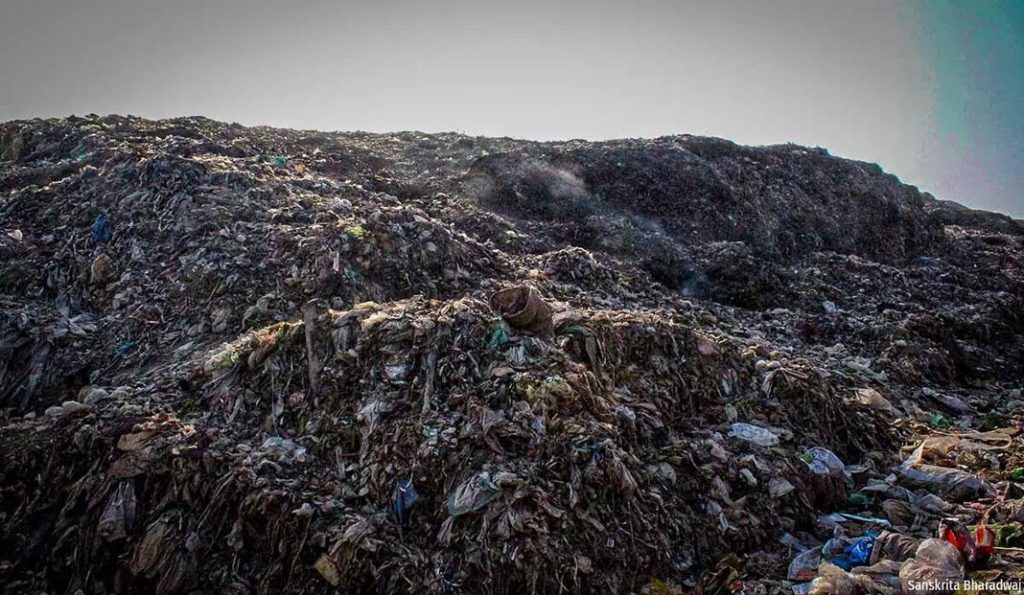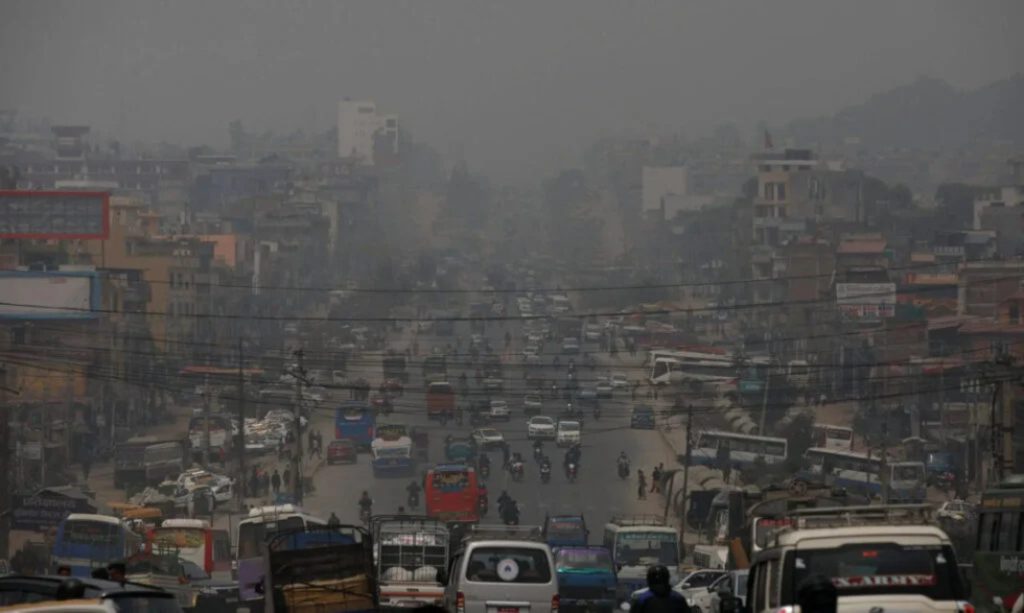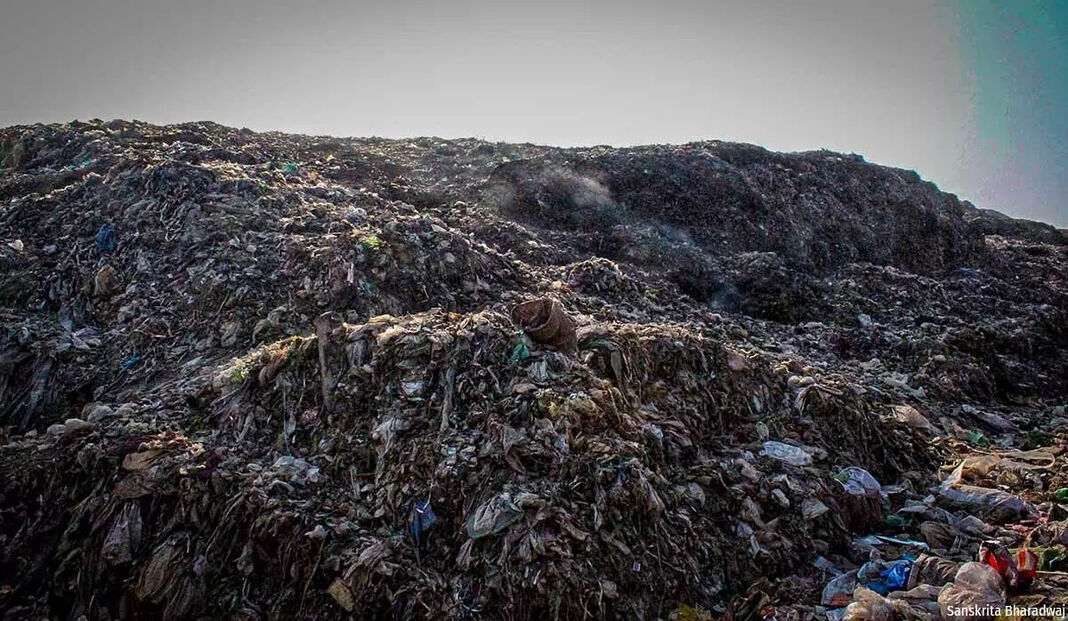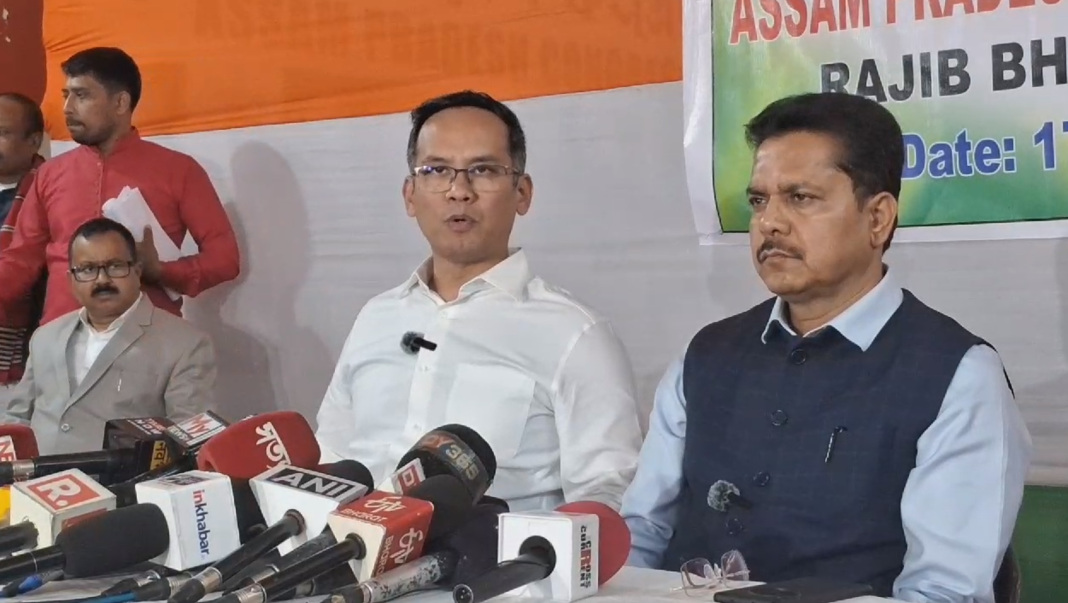Study identifies transboundary pollution from Indo-Gangetic plain and Bangladesh as major contributor
Guwahati, Feb 20: A groundbreaking study using a dense network of low-cost air quality sensors has revealed that Guwahati’s winter PM2.5 pollution levels peak at 113.05 µg/m³, nearly three times higher than India’s safe limit of 40 µg/m³ and 2.8 times above the 24-hour threshold of 60 µg/m³ set by the National Ambient Air Quality Standards (NAAQS).
The study, conducted by researchers from IIT Kanpur, found that Guwahati’s winter pollution levels are over four times higher than during the monsoon season (32.36 µg/m³). A significant 47% of the pollution originates from the Indo-Gangetic Plain (IGP) and 32% from Bangladesh, indicating that transboundary air pollution plays a major role in worsening air quality.

The study, published in Environmental Monitoring and Assessment (Springer Nature), identified four major contributors to Guwahati’s severe winter air pollution.
The study also highlights that transboundary pollution from the Indo-Gangetic Plain (IGP) and Bangladesh plays a significant role in worsening air quality during the winter months, with nearly 47% of the air masses originating from IGP regions and 32% from Bangladesh.
Meteorological factors such as low temperatures, calm winds, and a shallow planetary boundary layer further exacerbate pollution by trapping pollutants close to the surface, leading to poor air quality and increased health risks for residents.
Published in Environmental Monitoring and Assessment (Springer Nature), the study titled “Influence of Seasonal Variation on Spatial Distribution of PM2.5 Concentration Using Low-Cost Sensors” was conducted by researchers from IIT Kanpur’s Civil Engineering Department and National Aerosol Facility, including Sandeep Kumar Chaudhry, Prof. Sachchida Nand Tripathi, Tondapu Venkata Ramesh Reddy, Anil Kumar, Sandeep Madhwal, Amit Kumar Yadav, and Pranav Kumar Pradhan.
According to the study, meteorological factors such as low temperatures, calm winds, and a shallow planetary boundary layer trap pollutants close to the ground, worsening winter air quality. Areas with high traffic density, industrial zones, and construction activities, including NH-27 and key commercial zones, experience the worst air quality.
“Guwahati’s air quality deteriorates significantly during winter due to stagnant air and cold temperatures that prevent pollution dispersion. Our study confirms that air pollution here is not just a localized issue but is heavily influenced by transboundary air masses from IGP and Bangladesh,” said Prof. Sachchida Nand Tripathi, Corresponding Author of the study and Expert Committee Member for the National Clean Air Programme (NCAP), IIT Kanpur.
Call for Immediate Action: Study Recommends Policy Interventions
The research emphasizes the urgent need for localized air quality management strategies in Guwahati, including stricter regulations on industrial emissions in pollution hotspots, green buffer zones to absorb PM2.5 concentrations, public health advisories during peak pollution months to reduce exposure risks and targeted interventions to control traffic emissions and curb waste burning.

“This study provides crucial insights to help policymakers develop effective air quality action plans for Guwahati. Understanding seasonal and transboundary pollution dynamics is key to designing sustainable mitigation strategies,” added Prof. Tripathi.
The study deployed Atmos real-time air quality sensors, developed by Respirer Living Sciences, India, to track PM2.5 concentrations across Guwahati from July 2022 to June 2023. This first-of-its-kind monitoring effort created the most detailed air pollution map of the city to date.
“By using a dense sensor network, we pinpointed hyperlocal pollution sources that were previously undocumented. This level of monitoring is essential for targeted interventions,” said Ronak Sutaria, CEO & Founder of Respirer Living Sciences.
The study was conducted under the ATMAN (Advanced Technologies for Monitoring Air-quality Indicators) Initiative, supported by Ericsson India, Bloomberg Philanthropies, Clean Air Fund, and Open Philanthropy.
With winter air pollution in Guwahati reaching alarming levels, experts stress the need for immediate action to protect public health and improve air quality in the region.




